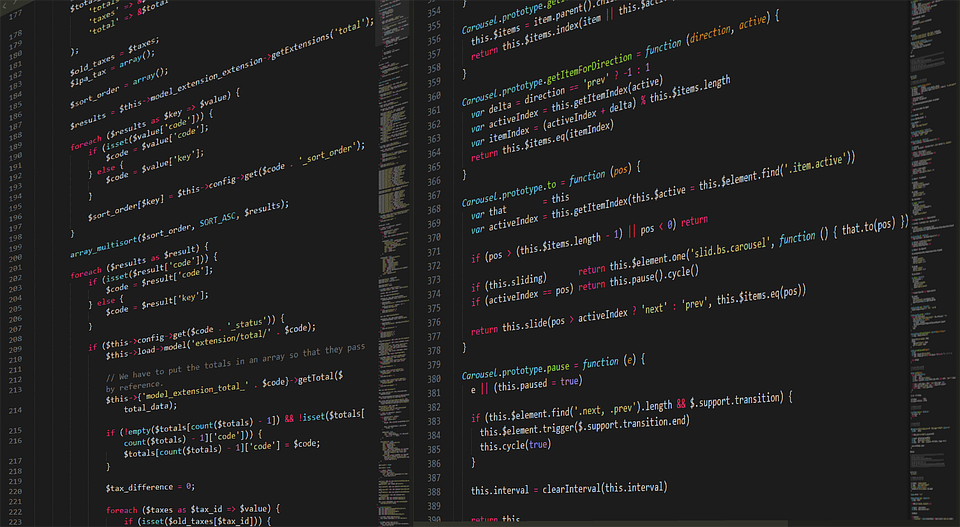In an era defined by rapid technological advancement, the gap between raw ideas and tangible applications has narrowed significantly. Thanks to the emergence of low-code and no-code platforms, a new breed of innovators—citizen developers—has taken center stage in the workforce. These are ordinary individuals, often without formal training in programming or software development, who are now empowered to create functional web applications and digital solutions. In this blog, we will explore the rise of citizen developers, the role of low-code/no-code platforms, and their profound impact on accelerating development cycles.
What Are Low-Code/No-Code Platforms?
Low-code/no-code platforms are software development tools that allow users to build applications through graphical interfaces rather than traditional coding. These platforms provide pre-built templates, drag-and-drop features, and intuitive workflows that make it easier for non-developers to turn ideas into reality without needing to write extensive lines of code.
Prominent platforms like Bubble, Webflow, and Airtable have gained popularity amongst citizen developers for their ability to simplify complicated processes. Bubble enables users to create fully functional web applications complete with databases and user interactions, while Webflow focuses on website design and development, allowing designers to produce responsive sites with ease.
The Rise of Citizen Developers
The rise of citizen developers can be attributed to several factors, each playing a pivotal role in reshaping today’s workforce:
-
Democratization of Technology: As technology becomes more accessible, individuals from various backgrounds—marketers, project managers, and even business leaders—are now stepping into the development realm. The reduction of technological barriers means that anyone with a concept can forge ahead and build solutions that meet their needs.
-
Rapid Application Development: The demand for digital solutions has never been higher, intensified by the recent global shift towards remote work and online services. Citizen developers can leverage low-code/no-code platforms to rapidly produce functional prototypes, iterate on feedback, and roll out products faster than traditional development teams. This agility allows businesses to respond to changing conditions in real-time.
-
Collaboration Between Teams: Low-code/no-code platforms foster collaboration between tech-savvy employees and business stakeholders. By bridging the gap between IT and non-technical departments, these platforms enhance communication and ensure that the developed solutions directly meet business needs. This cross-functional collaboration can significantly reduce bottlenecks in the development process.
-
Cost Efficiency: Hiring specialized developers for every project can be expensive, particularly for small to medium businesses. By enabling non-developers to create applications, organizations can save on development costs, reduce time spent waiting for solutions, and allocate resources more effectively.
- Continuous Learning: The ease of use associated with low-code/no-code platforms encourages experimentation and creativity. Citizen developers are learning through hands-on experience, which not only helps them become adept at using these tools but also enhances their overall problem-solving skills.
The Impact on Businesses
The impact of citizen developers and low-code/no-code platforms is profound and multifaceted:
-
Increased Innovation: When more individuals within an organization can contribute to product development, the variety of ideas and solutions increases. This fosters a culture of innovation where employees feel empowered to implement their creativity and input.
-
Shorter Time to Market: With faster prototyping and development, companies can bring products to market quicker. This is particularly advantageous in competitive industries where being first can lead to a significant edge.
- Flexibility and Adaptability: Low-code/no-code tools allow organizations to pivot quickly, responding to market demands and internal needs more effectively. Whether it’s adjusting workflows, creating apps for specific projects, or making changes based on user feedback, the adaptability encouraged by these platforms is invaluable.
Conclusion
The rise of citizen developers represents a significant shift in the technological landscape. Armed with low-code/no-code platforms, individuals across the workforce are not only participating in but actively driving innovation in the digital space. The implications are clear: organizations should tap into this new wave of creators to capitalize on their potential and enhance their competitive advantage.
In a world where efficiency and speed are paramount, empowering non-developers to build functional applications is not just a trend; it’s the future of development. As we continue to explore tools like Bubble, Webflow, and beyond, one thing is certain: the age of the citizen developer is here, and it is shaping an exciting new frontier in the digital landscape.



